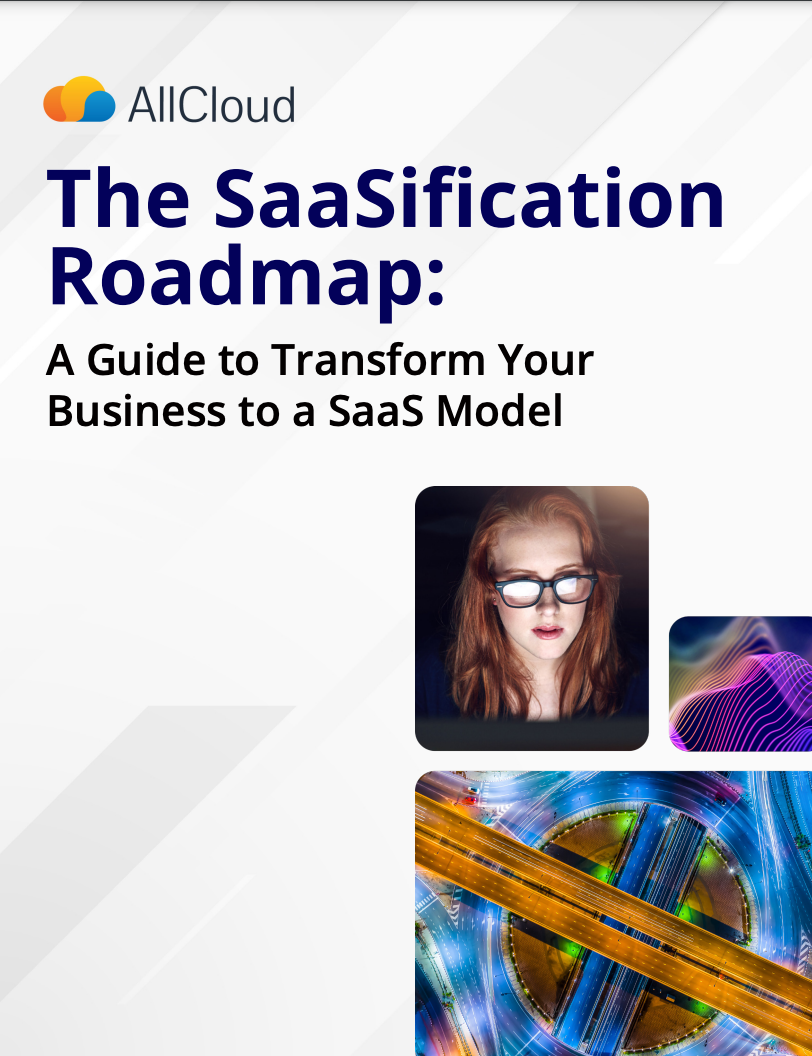You know your product or service better than anyone else, but is it time to give your software and business model an update?
It’s hard to say how software development will evolve over the next few years. As development becomes more sophisticated and cloud adoption becomes increasingly widespread, we will likely see organizations move to a SaaS modal. Organizations will no longer buy your software to deploy and manage it on their private or public infrastructure; they will consume it as software-as-a-service over the cloud.
A move to a SaaS model will support your business growth and will give your existing customers the option to transition to the SaaS model. This comes in addition to the ability to penetrate new markets, scale your paid users to new heights, and control costs and consumption while optimizing performance. With a trusted SaaS Enablement partner, none of this needs to impact the integrity of your business, keeping your unique selling point at the core of your company, while embracing the benefits of the software delivered from the cloud.
Develop Faster
The cloud may feel like a big change for your company, but that doesn’t mean it has to include risk. In fact, the cloud can be the door to new markets and regions, and an enabler for the faster development of new innovation. If you’re used to long software release cycles and promising your customers that you’ll address their concerns in time frames of ‘next quarter’ or beyond, you’re at risk of falling behind the competition.
DevOps pipelines use technology such as Continuous Integration and Continuous Deployment (CI/CD) to release changes to your SaaS environment. You can release frequent, small changes, with no downtime, and in as little as days or weeks rather than months. Creating a real channel for communication with your users, taking their feedback, assessing their usage characteristics in nearly realtime and incorporating it into the next release will put you in a much better position for building customer loyalty and stronger relationships.
With this mindset, you can also move to a more agile way of working, testing out ideas and ‘failing fast’ without it affecting your resources more than you can handle.
Improve Performance and Reduce Costs
With on-premises infrastructure, you’re often punished for your own success, being forced to upgrade hardware or resources to the next ‘level’ as soon as you experience peak traffic times that are more than you can manage. On the cloud, you benefit from modern infrastructure, you can introduce autoscaling and dynamic load balancing, managing cost and consumption in an intelligent way, only paying for what you use, and yet ensuring you always have optimum performance. Say goodbye to slow performance or low availability during busy periods such as evenings and weekends. This combination of improving performance while saving money frees up resources to look towards product innovation and expansion, and it’s something you can’t afford to be missing out on.
Using Expertise to Get it Right the First Time
If you’re nervous about taking the leap and moving to the cloud, you’re not alone. There is a lot to think about, from security and data privacy, to the practical elements of networking and multi-tenancy architecture. You also need to consider the ‘cultural shift’ that many companies need to make when embracing cloud computing. To make sure that you’re migrating and modernizing intelligently, and to alleviate the fears you might have about any of the above issues, choosing the right SaaS Enablement partner for your cloud journey is key, one that knows both the technology and the business roadmap to cloud success.
AllCloud is a trusted AWS Premier Partner, which means we are an experienced option to help create your SaaS environment on the #1 public cloud infrastructure. We pride ourselves on our AllCloud Spectrum of Self Sufficiency, offering as much expertise and support as you need while making sure to let you make the important decisions where it matters the most.
Thinking about adapting your business to a SaaS model? Contact us to start planning out your saasification roadmap.
